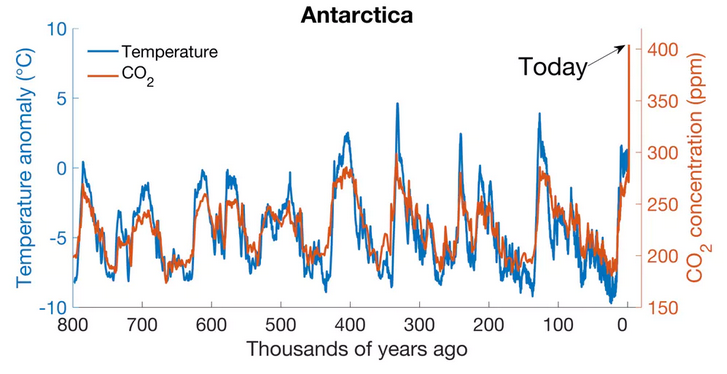Abstract
TheCO2 content of the air and average temperatures have risen massively since industrialization and have been scientifically proven by ice core drilling in Antarctica. In the Paris climate agreement, 197 countries agreed to limit global warming to well below 2 °C compared to pre-industrial times. This goal can only be achieved by rethinking energy use and energy conversion with the help of climate-friendly technologies. This paper demonstrates that the internal combustion engine, which has come under criticism in recent years, can be a part of this climate-friendly technology by using renewably produced hydrogen in a highly efficient zero-emission cycle engine to recycle green hydrogen. As part of a real laboratory of the joint project LocalHy, regeneratively produced hydrogen and oxygen are converted back into electricity in a highly efficient manner by means of pressure electrolysis. The combustion process with directly injected hydrogen in conjunction with the cycle principle was developed on a single-cylinder research engine at WTZ Roßlau. The investigations show that the closed-loop principle can be used to produce a very stable glow-rod combustion process with high efficiency advantages compared with the air-intake internal combustion engine. In addition, the closed-loop principle results in zero emissions and new degrees of freedom. The results of the experimental investigations are presented in this publication. Following the single-cylinder tests, the combustion process was transferred to a solid engine. The findings from the single-cylinder tests enabled engine parameters such as liter output and compression ratio, as well as the hydrogen injectors and the measurement, control and regulation technology of the closed-loop principle, to be further optimized and applied in an engine control system developed at WTZ Roßlau.
As part of the above-mentioned real laboratory, the full engine is operated as a demonstrator CHP together with the electrolysis plant, a hydrogen filling station and a wastewater treatment plant operated with supplemental oxygen in Sonneberg, Thuringia on the site of a sewage treatment plant.
1 Introduction
Ice core drilling in Antarctica shows a massive increase in theCO2 content of the air and an associated increase in average temperature since the beginning of industrialization. The cause is undoubtedly anthropogenic effects.

In the Paris climate agreement in December 2015, 197 countries agreed on a new, global climate protection agreement. The global goal is to limit global warming to well below 2 °C compared to pre-industrial times and to 1.5 °C as a target value [2]. To achieve this goal, Germany’s national climate protection plan calls for reducing greenhouse gas emissions by 55% by 2030 and by 80 … 95% by 2050 compared to 1990 levels [3]. Climate change demands a rethinking of energy use and energy conversion. It poses challenges to energy producers and calls for the development of new climate-friendly technologies. This is countered by the need to gain customer acceptance and economic aspects in order to avoid secondary effects such as “carbon leakage”. These goals can only be achieved through the energy transition.
This calls for:
-
- The reduction of energy consumption
- Shifting traffic to environmentally friendly modes of transport
- Increasing the efficiency of energy use
- The use of regenerative and renewable energy sources.
The energy turnaround will lead to the diversification of energy sources and energy conversion processes and will force the use of renewable energy sources. In addition to sharply reducing the release of climate-damaging carbon dioxide emissions, it calls for decarbonization, a move away from carbon-based fuels and energy sources. The internal combustion engine is an established technology for energy conversion in a wide variety of applications, mostly using fossil fuels, as shown in Fig. 2.

The question is whether the combustion engine can accompany or support the energy transition and which renewable energy sources can form a basis. The PTX approaches provide several technologies that appear promising. With regard to lowest energy conversion losses, the use of regeneratively produced hydrogen (CGH2) offers a promising possibility. There, the combustion engine competes directly with the fuel cell and the electric motor. In the joint project LocalHy, the WTZ is investigating the potential of regeneratively produced hydrogen being converted back into electricity by means of a combustion engine. In addition to economic efficiency, the current image of the internal combustion engine in the context of the emissions scandal poses an additional challenge. For decades, the internal combustion engine has been caught between the conflicting priorities of emissions and efficiency or cost-effectiveness. Therefore, the development goal is the zero-emission cycle engine for green hydrogen regeneration. The article presents the joint project and the development steps as well as the current development status of the subproject of the WTZ.
